Giro d'Italia 2013: A Beginners' Guide To The Race
Giro Countdown: 9 days to Naples
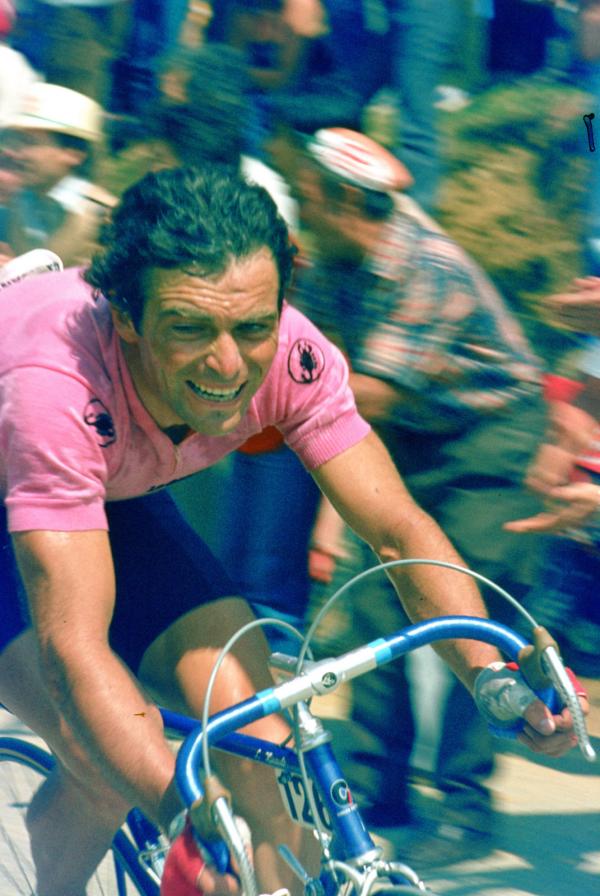
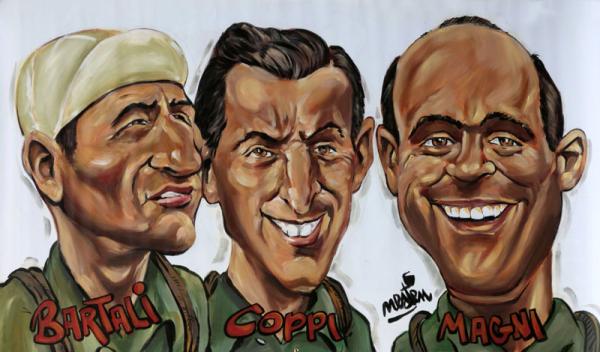
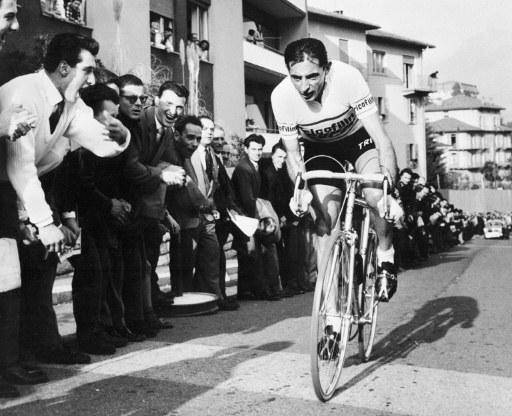
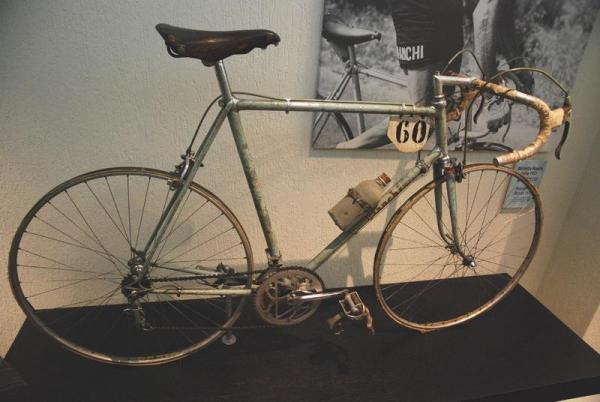
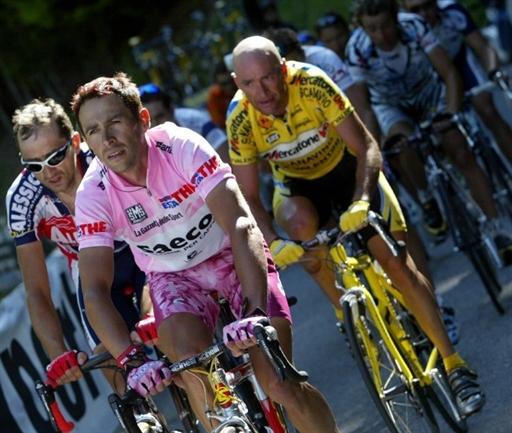
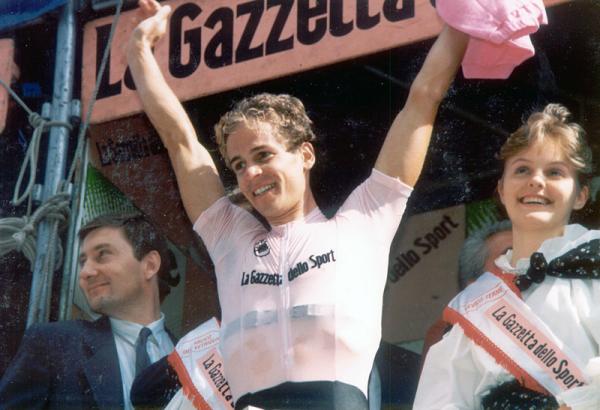
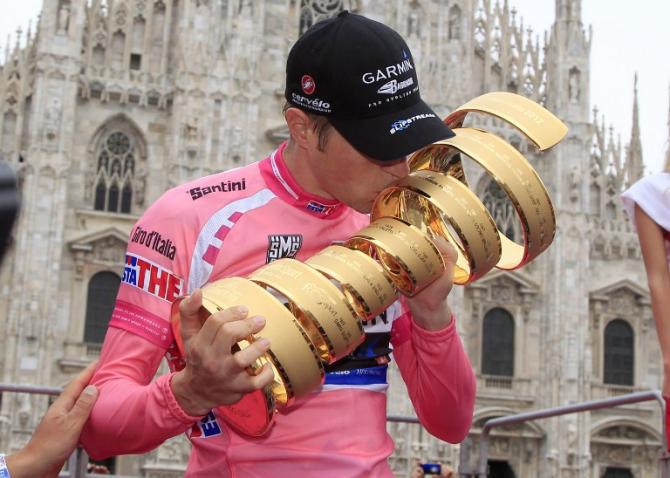
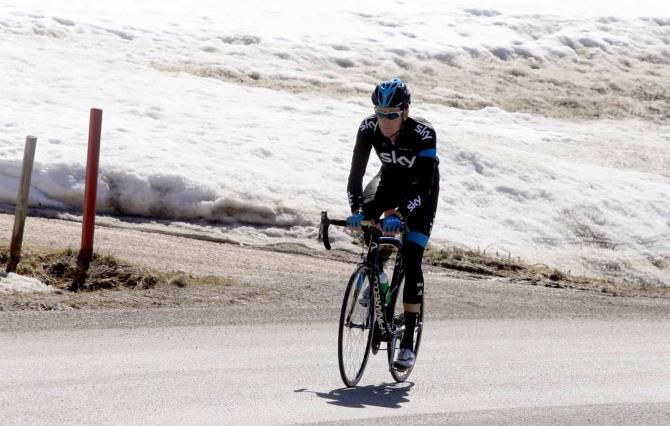
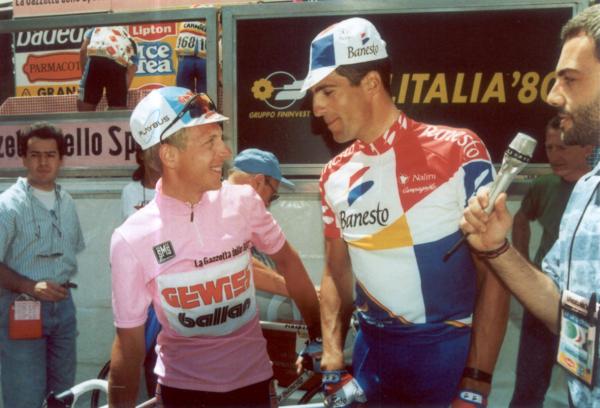

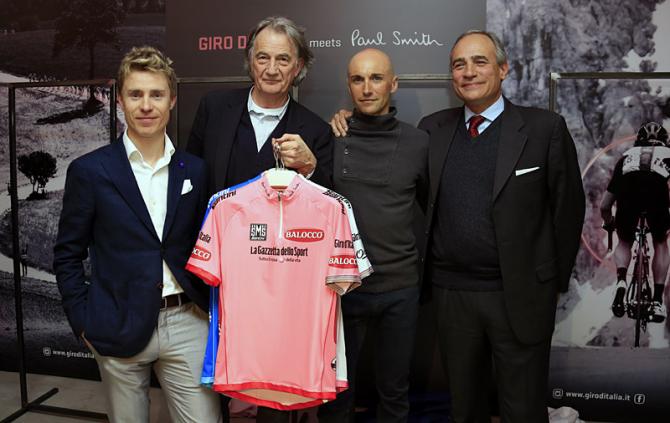
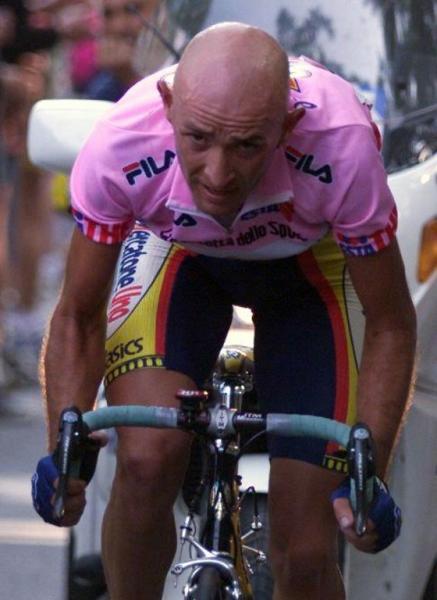
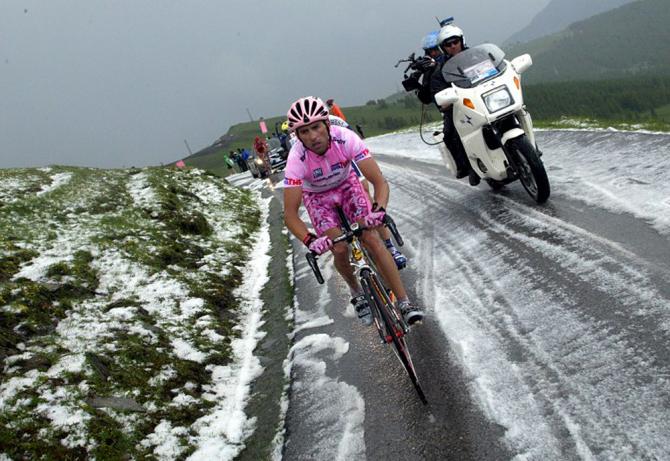
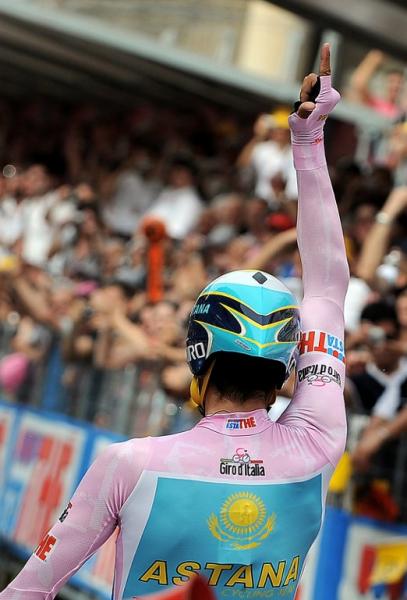
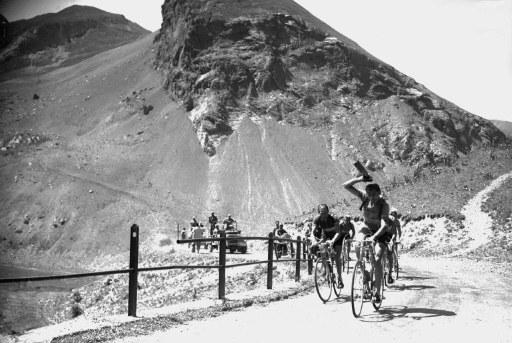
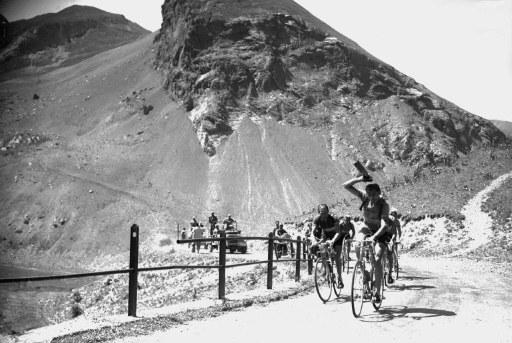
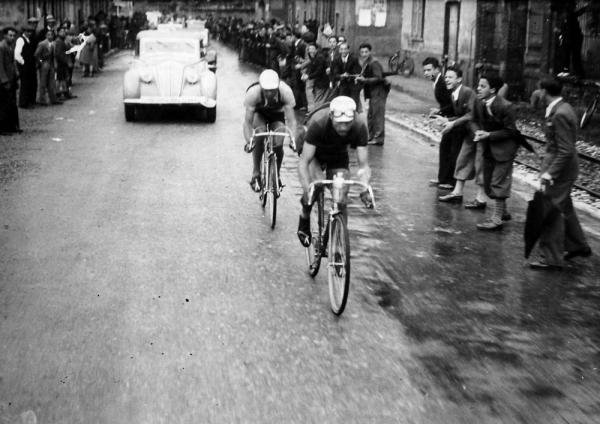
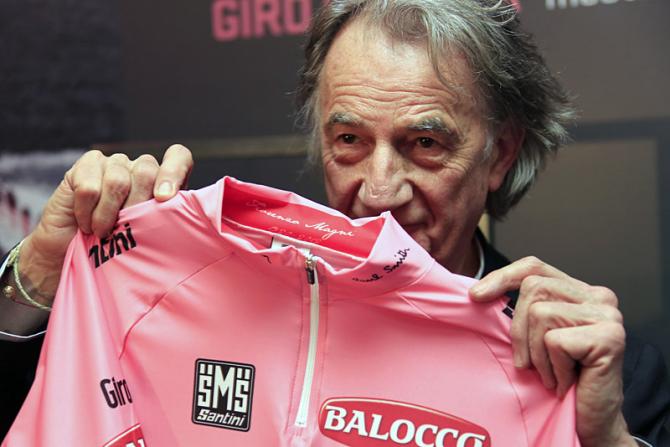
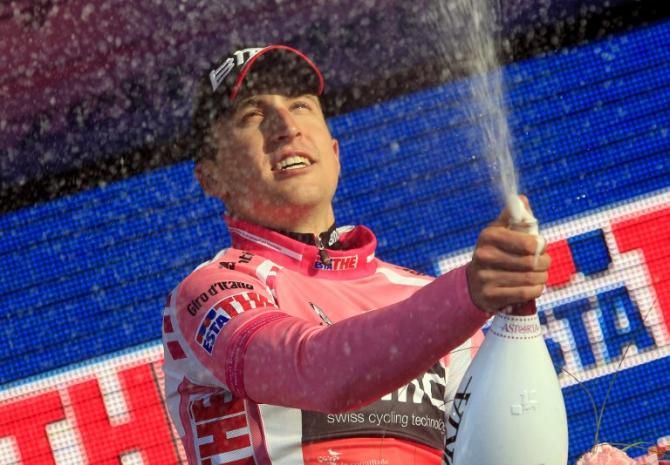
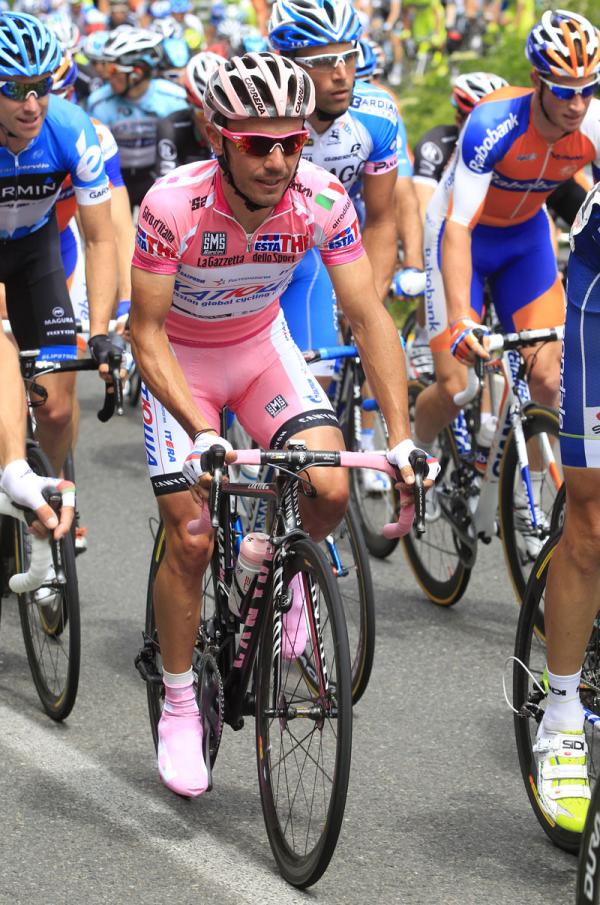
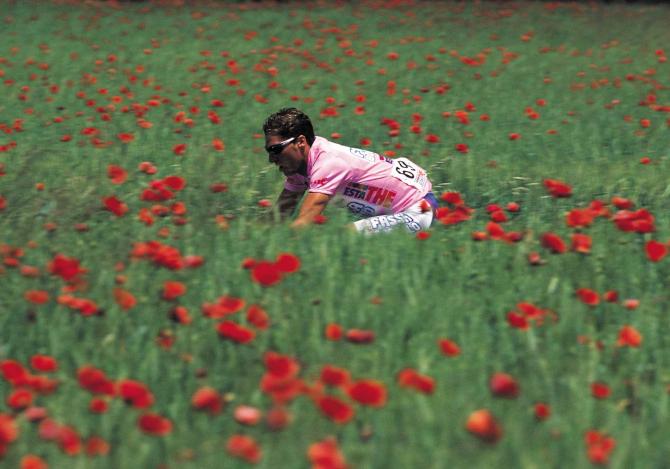
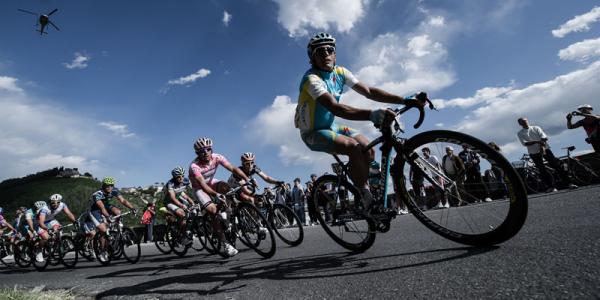
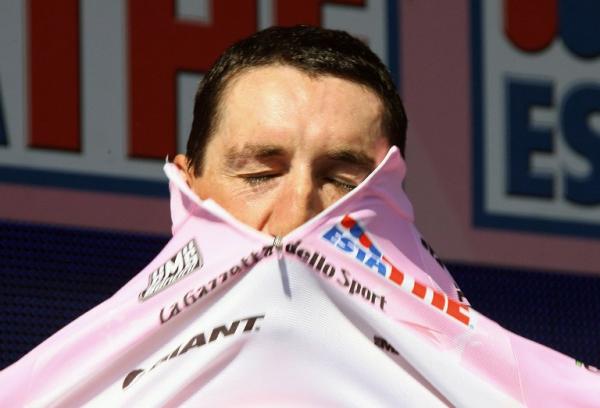
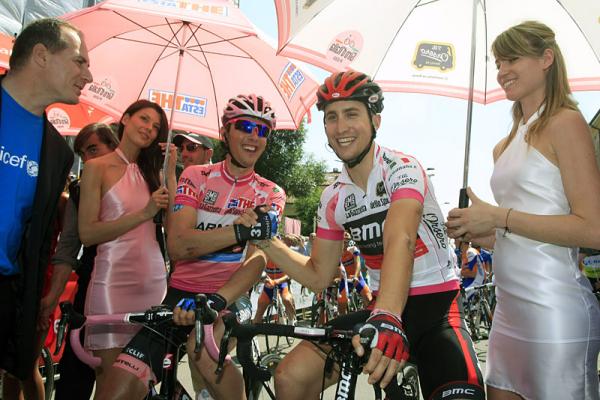
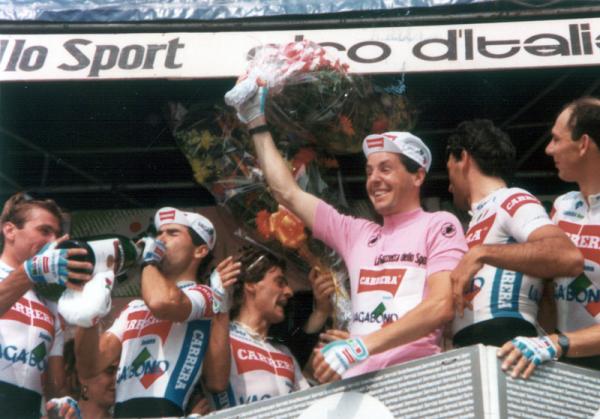
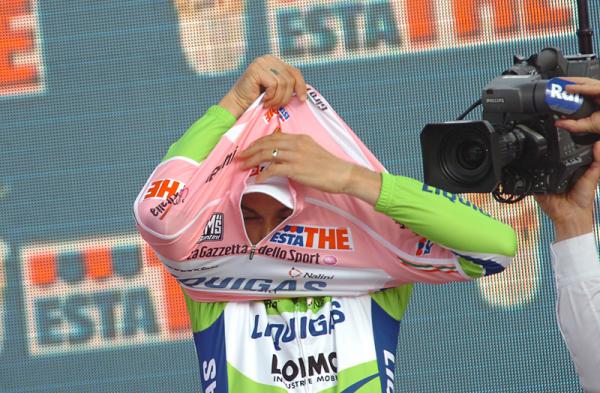
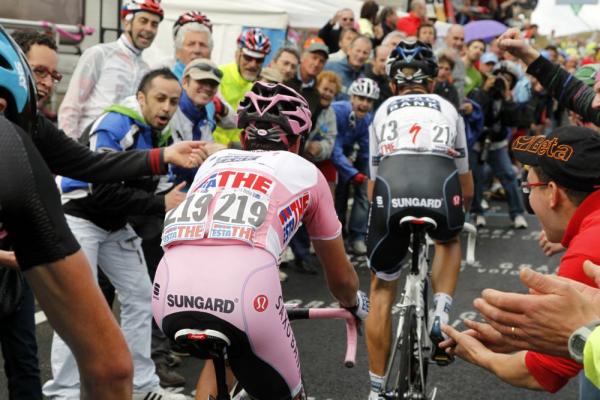
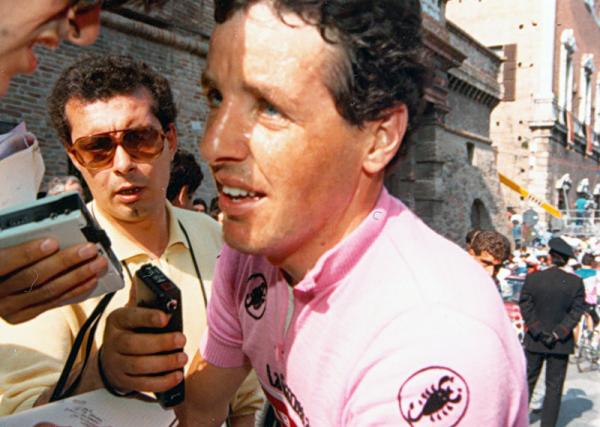
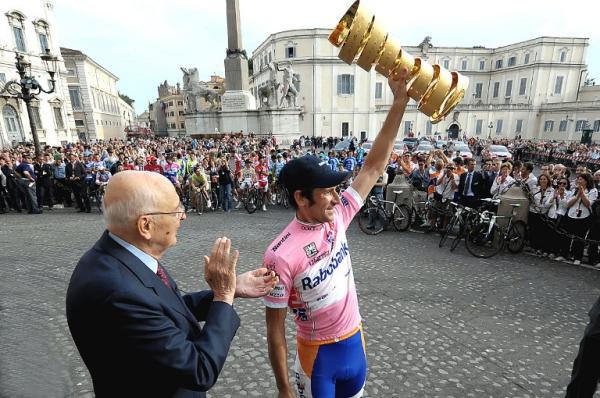
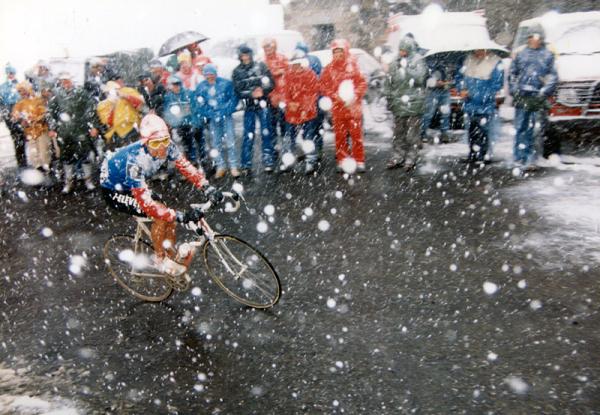
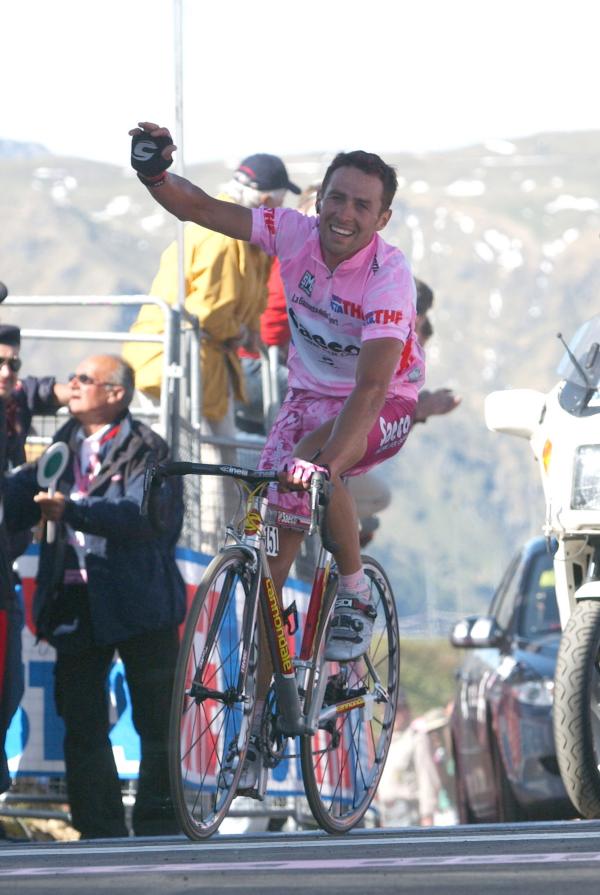
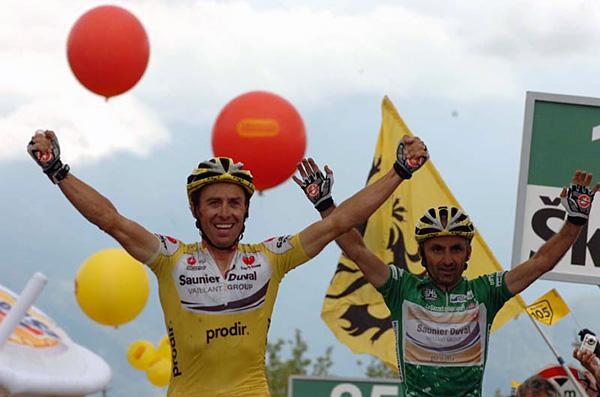
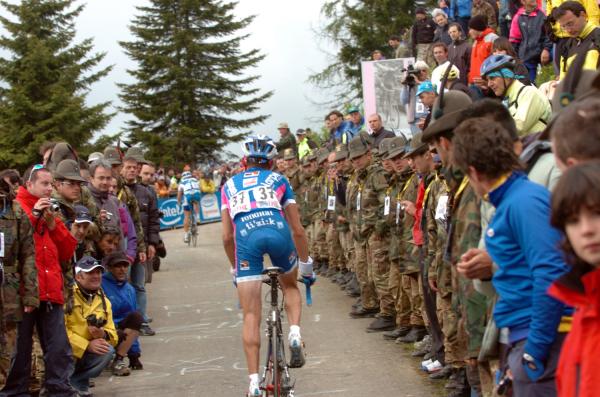
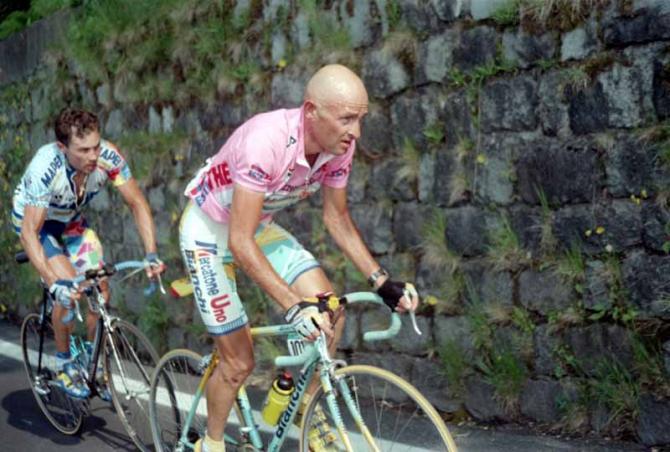
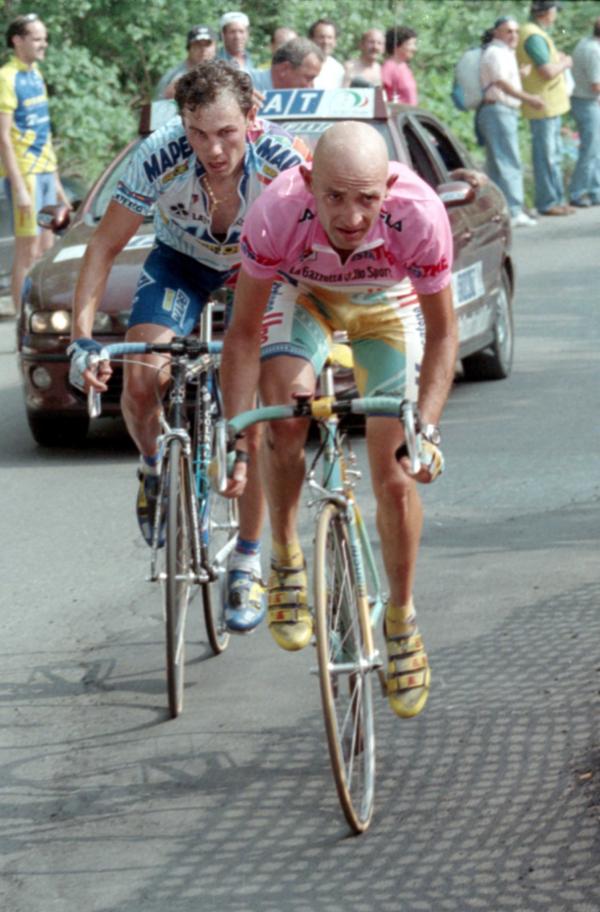
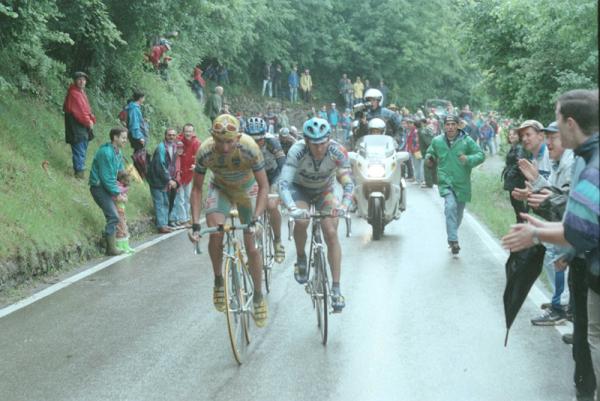
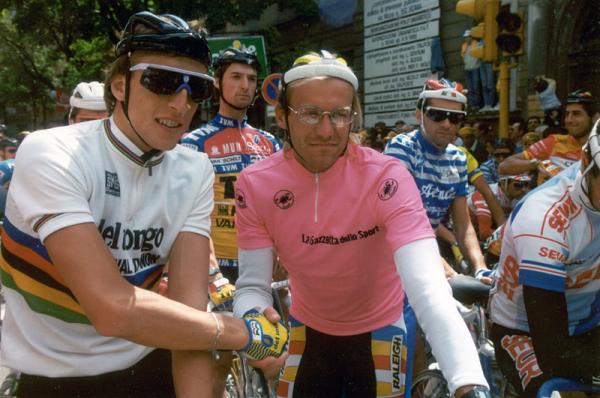
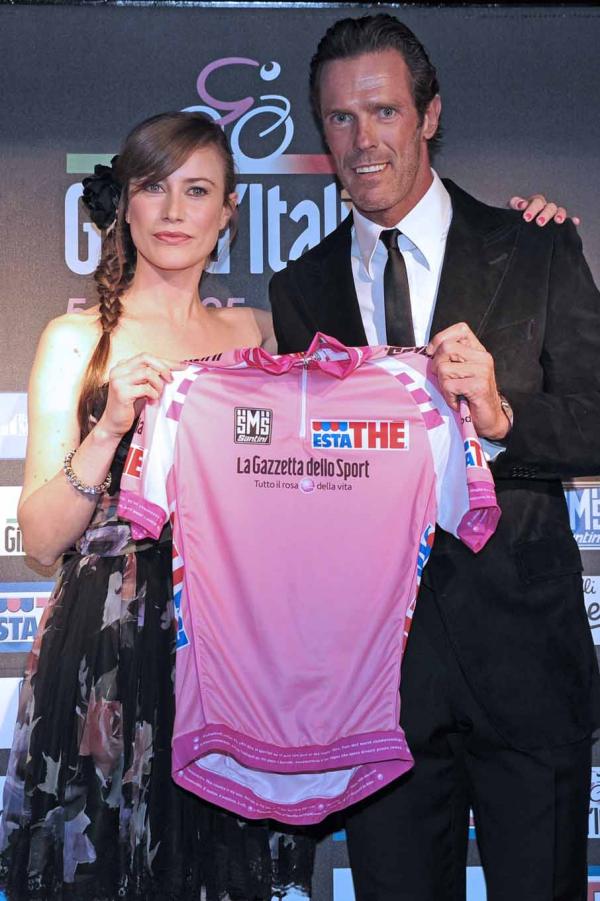
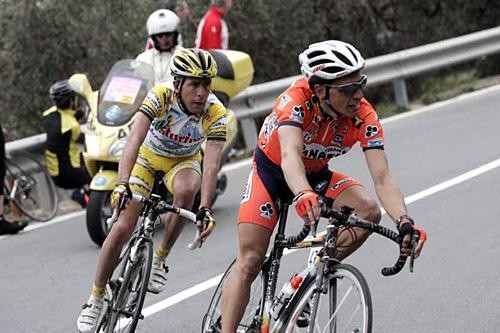
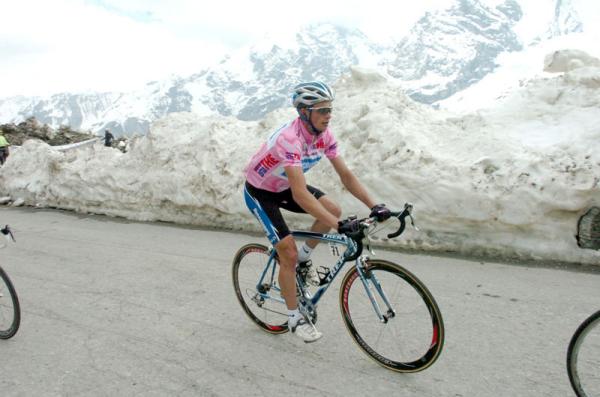
Ranking behind only the Tour de France in terms of prestige, the Giro d’Italia is one of the highlights of the racing calendar. The riders love it because it is more relaxed than the Tour and because the tifosi, the Italian fans, are passionately enthusiastic and knowledgeable.
The Giro d'Italia is born
It began life in 1909 when struggling Italian sports daily La Gazzetta dello Sport got wind of a plan by a rival paper to launch a tour of Italy following the runaway success of the Tour de France, which had been established six years beforehand. Although they had already established the Giro di Lombardia and Milan-Sanremo, those one-day races had not yet gained the Classic status they would later acquire, and Gazzetta’s directors didn’t have the funds to get a new race off the ground, much less one lasting two and a half weeks and covering a substantial part of Italy.
Donations from across the country, including a gift from a Sanremo casino, ensured the race got off the ground. Starting and finishing in Milan, it proved a huge success, Luigi Ganna claiming victory thanks to three stage wins, while La Gazzetta’s sales soared, which guaranteed the race’s future.
The golden age
In the inter-war period, the Giro enjoyed a golden age, beginning with a victory for the first campionissimo (champion of champions), Costante Girardengo, and ending with victory for the second rider to be anointed with that title, Fausto Coppi. Italians dominated the race, no one more so than Alfredo Binda, who claimed five victories in the 1920s and 1930s. His final success came in 1933, two years on from the introduction of the maglia rosa, a jersey as pink as the paper on which Gazzetta was and still is printed, and awarded each day to the race leader.
In the late 1930s, foreign participation at the Giro had declined significantly. However, the popularity of the corsa rosa (“the pink race”) was hardly affected. Indeed, the rivalry that emerged between Italian legends Gino Bartali and Fausto Coppi pushed interest in the Giro to even greater heights. The older of the pair, Bartali had already taken two Giro titles and the Tour de France crown when Coppi emerged in 1940. The two men lined up in the same Legnano team, where Bartali was the absolute leader. But on the second stage he crashed and lost time, allowing Coppi the opportunity to show his ability, and the 20 year old went on to become the youngest ever winner.
Get The Leadout Newsletter
The latest race content, interviews, features, reviews and expert buying guides, direct to your inbox!
After five-year break for the war, Coppi and Bartali returned, this time leading rival teams. Bartali claimed the title, but Coppi bounced back to regain it the following year as Italy split in its support of these two adversaries. In 1949, Coppi produced one of the greatest performances in grand tour history, overturning a 10-minute deficit on one epic stage to Pinerolo, as he claimed the third of what would be five Giro titles.
The following year, Switzerland’s Hugo Koblet became the first foreign winner of the maglia rosa, and in subsequent seasons there have been almost as many foreign winners as Italian. Belgium’s Eddy Merckx emulated Binda and Coppi by capturing five Giro crowns. In 2012, Ryder Hesjedal became the first Canadian to win the title, and the Garmin-Sharp rider is returning to defend it.
The jerseys of the Giro
In addition to the pink jersey worn by the overall leader, the other main jerseys are the blue for the mountains leader, the red for the points leader, and the white for the best young rider. The battle for the mountains title is always hard-fought given the number of severity of the climbs that tend to feature in the Giro.
The race route for 2013
At the end of the second week, the riders cross over into France for a summit finish on the Galibier, where Andy Schleck recorded an historic victory in the 2011 Tour de France. This being the Giro, though, the riders will head to this 2645m summit via its much longer and harder northern flank.
The final week brings a trio of race-deciding stages in Italy’s northern peaks, starting with a 20km mountain time trial near Trento. Two fearsome mountain stages follow, the first of them including the mighty Gavia and Stelvio passes, while the final big test in the Dolomites features no fewer than five famous climbs, finishing at Tre Cime di Lavaredo.
The World Tour teams
The field features all 19 teams that comprise the elite category WorldTour, as well as four squads that received invitations from race organisers RCS. Hesjedal faces very stiff competition for the maglia rosa, with no fewer than twoTour de France winners in the field – Bradley Wiggins, and Cadel Evans. The other likely contenders are home favourite Vincenzo Nibali, third at the Tour last year and former Olympic champion Samuel Sánchez.
Who to watch out for
Wiggins will start as favourite, and rightly so given the commitment he has made to winning the Giro. The team time trial will suit his strong Sky team, and the 55km individual test could well end with the Londoner in the maglia rosa. If his race does go to plan, his task then will be to control the best climbers during the second two weeks, with Nibali looking particularly dangerous given strong recent form.
The contest for the red points title will just as competitive. Mark Cavendish almost claimed it last year and he will be the man to beat with his Omega Pharma-QuickStep team putting all their considerable power behind him. He is sure to be pressed by Australian Matt Goss, Germany’s John Degenkolb and a clutch of young Italians who could spring a surprise or two.
It all adds up to three of the most colourful and thrilling weeks of the season, culminating in Brescia on 26 May.
Peter Cossins has written about professional cycling since 1993 and is a contributing editor to Procycling. He is the author of The Monuments: The Grit and the Glory of Cycling's Greatest One-Day Races (Bloomsbury, March 2014) and has translated Christophe Bassons' autobiography, A Clean Break (Bloomsbury, July 2014).